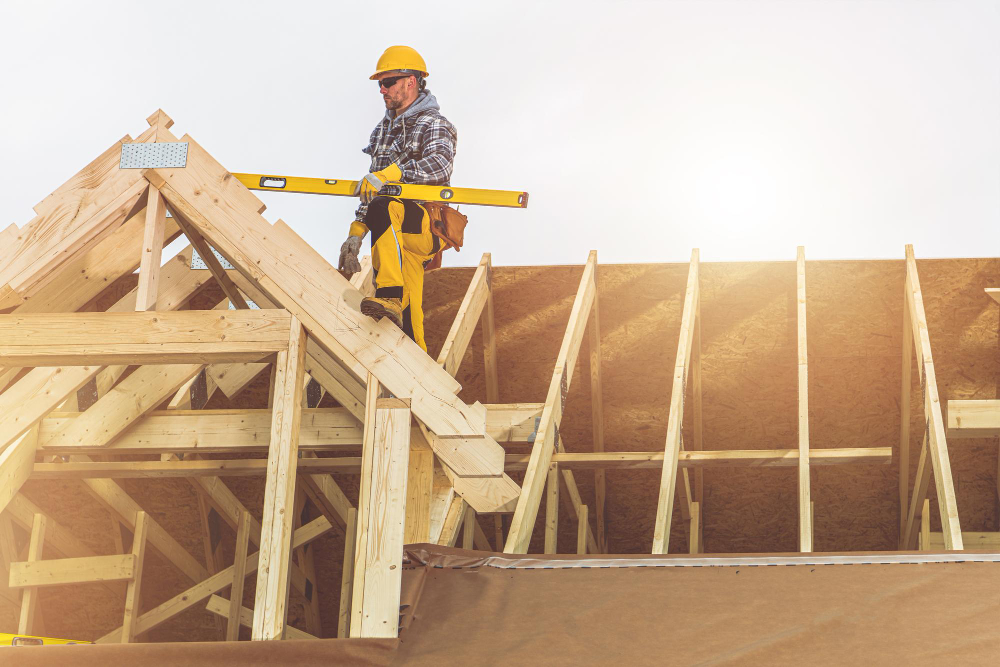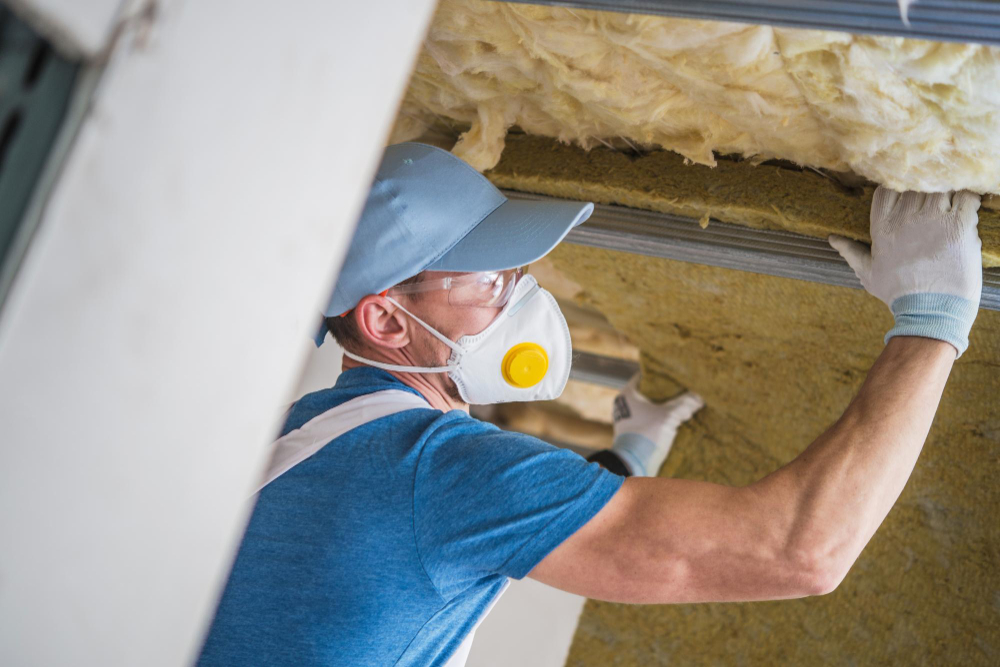Last updated on
If you’re considering a new roof, you might have heard about the benefits of environmentally friendly options. Is it possible to replace your roof while being conscious of the environment? We’re here to tell you that not only is it possible, but it’s becoming more common as people understand the importance of sustainable living.
Whether you want to reduce your carbon footprint or find a cost-effective and durable option, there are ways to make your roof replacement greener without compromising quality or style. In this blog post, we’ll explore eco-friendly materials and methods for replacing your roof and why this choice benefits both you and the planet.
Hire a Certified Contractor

Choosing a certified contractor is the first crucial step in your eco-friendly roof replacement journey. These professionals possess the requisite knowledge and experience in handling sustainable roofing materials and can guide you toward the best options suited to your specific needs. Besides, certified contractors are likely to have ethical disposal methods for your old roof, minimizing your environmental impact.
Remember, a well-established contractor will ensure that your new roof is installed correctly, providing longevity and durability. Some go to the extent of providing roof replacements with warranties, so you don’t have to worry about repairs or replacements in the future. Thus, finding the right contractor goes a long way in providing a roof replacement that aligns with your eco-conscious values.
Choose Eco-friendly Materials
Choosing eco-friendly materials is an essential aspect of your green roofing journey. There are several environmentally friendly alternatives available, including recycled shingles, wood shakes, metal roofing, and even solar tiles. Recycled shingles, made from post-consumer waste, are a popular choice due to their excellent durability and aesthetic appeal.
Wood shake, made from sustainable tree species or reclaimed wood, provides a natural and rustic look. Metal roofing, while initially more expensive, lasts significantly longer than traditional options and can often be recycled at the end of its use. Solar tiles, while being a higher upfront investment, can generate renewable energy, offsetting energy costs and contributing to a more sustainable future.
Consider Insulation and Ventilation

Proper insulation and ventilation during roof replacement can greatly improve home energy efficiency, a crucial element of a green roofing strategy. Good insulation reduces heat loss in winter and heat gain in summer, reducing the need for energy-intensive heating and cooling systems.
Additionally, a well-ventilated roof helps maintain a balanced temperature, preventing heat buildup in summer and moisture accumulation in winter.
It also prolongs your roof’s lifespan by preventing weather-related damage. Using insulation materials with high R-value and low environmental impact, like cellulose or wool, further supports eco-friendly roofing. Incorporating insulation and ventilation during roof replacement improves energy efficiency, reduces carbon emissions, and promotes sustainability.
Recycle Your Old Roof
Discarding your old roof responsibly is a critical part of an eco-friendly roof replacement process. Instead of sending your old shingles to a landfill, consider recycling them. Many roofing materials, including asphalt shingles and metal, can be recycled and used in the creation of new roofing materials or other construction products.
By recycling, you’re not only reducing the waste in landfills but also conserving the resources used in manufacturing new materials. Some contractors may even offer a discount if they can recycle your old roof. So, remember to discuss recycling options with your contractor before your roof replacement begins.
Opt for Light-colored Roofing
The color of your roof can also impact its eco-friendliness. Light-colored or “cool” roofs reflect more sunlight than traditional dark-colored roofs, helping to reduce heat absorption and thereby keeping your home cooler. This can significantly decrease your reliance on air conditioning during the hot summer months, leading to substantial energy savings.
Light-colored roofs can reduce the heat island effect in urban and suburban areas, combating global warming. Many of these roofs are made from recycled materials, enhancing their eco-friendliness. Choosing a light-colored roof promotes energy efficiency and environmental sustainability.
Regular Maintenance and Care
Regular maintenance and care are the final but equally important steps in maintaining a green roof. A well-maintained roof will last longer, reducing the need for frequent replacements and thereby minimizing environmental impact. Regular inspections can help identify and address minor issues before they escalate into severe problems that require a complete roof replacement.
Performing regular maintenance tasks such as gutter clearing, debris removal, and damage checks can greatly prolong your roof’s lifespan. A proactive approach to roof maintenance is crucial for aligning home improvements with eco-conscious values and reducing waste and resource use.
Replacing your roof with eco-friendly options is an achievable goal that can significantly contribute to a greener future. By utilizing the tips mentioned above, you can make a positive impact on the environment while also reaping the benefits of a durable and energy-efficient roof.
Let’s all do our part in promoting sustainability, one roof replacement at a time. So, next time you need a new roof, remember to think green and make an eco-friendly choice.
Table of Contents




